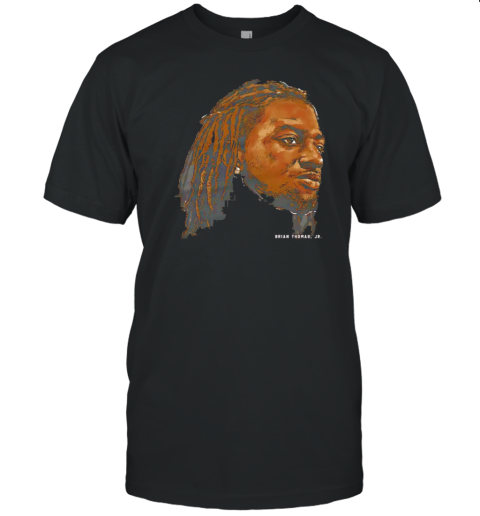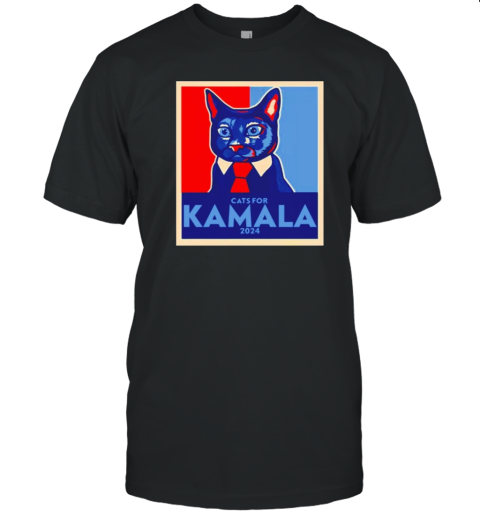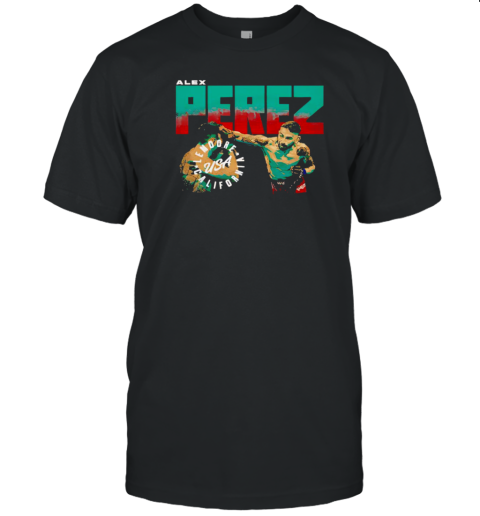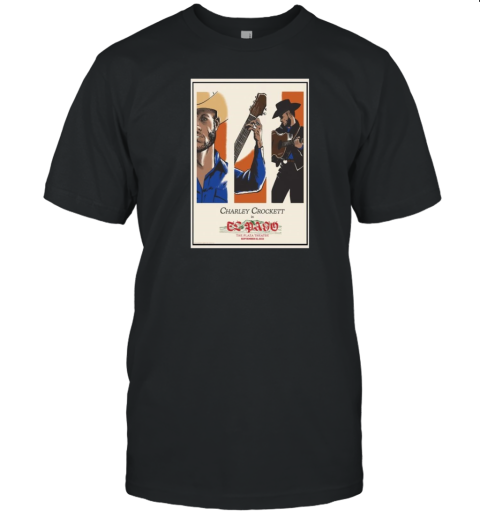Original Break Neck God Rest Her Soul T-Shirt
$27.99 Original price was: $27.99.$19.99Current price is: $19.99.
-
5% OFF 2 items get 5% OFF on cart total Buy 2
-
7% OFF 3 items get 7% OFF on cart total Buy 3
-
9% OFF 4 items get 9% OFF on cart total Buy 4
-
12% OFF 5 items get 12% OFF on cart total Buy 5

The luxury fashion landscape is in constant flux Original Break Neck God Rest Her Soul T-Shirt . with the departure of founding designers presenting a formidable challenge, particularly for younger brands. As Tom Ford navigates a pivotal transition following Peter Hawkings’ brief tenure as creative director, it joins the ranks of houses like Helmut Lang, Martin Margiela and Jil Sander in grappling with the complexities of maintaining creative momentum in a post-founder era.This struggle stands in contrast to the relative stability exhibited by established houses such as Chanel, Balenciaga, and Givenchy, which have long since weathered similar transitions. The divergence in these experiences underscores a critical question facing the industry: how can younger luxury brands successfully evolve beyond their founding visionaries while preserving their essential DNA?This problem can be attributed to a complex interplay of factors, chief among them the concept of brand legacy. The older houses have had the benefit of time, allowing their identities to mature and solidify over decades, often outliving their founders by generations, as in the cases of Dior, Chanel, and Louis Vuitton. This longevity has afforded them the opportunity to develop a brand DNA that transcends any single creative vision, enabling smoother transitions between artistic directors. With Chanel now also in the midst of appointing a new creative lead after parting ways with Virginie Viard, it is a safe bet that the house will be less prone to fluctuations than Tom Ford.
Original Break Neck God Rest Her Soul T-Shirt, hoodie, sweater, longsleeve and ladies t-shirt





You Can See More Product: https://thekingstore.net/product-category/trending/








